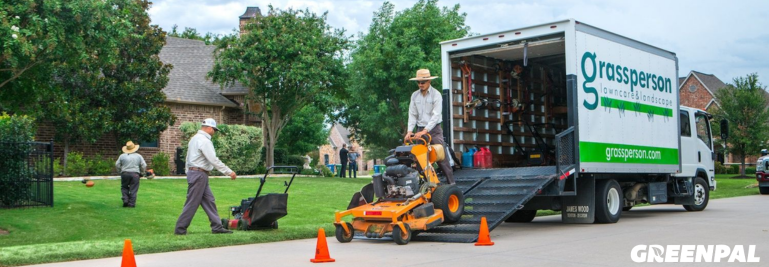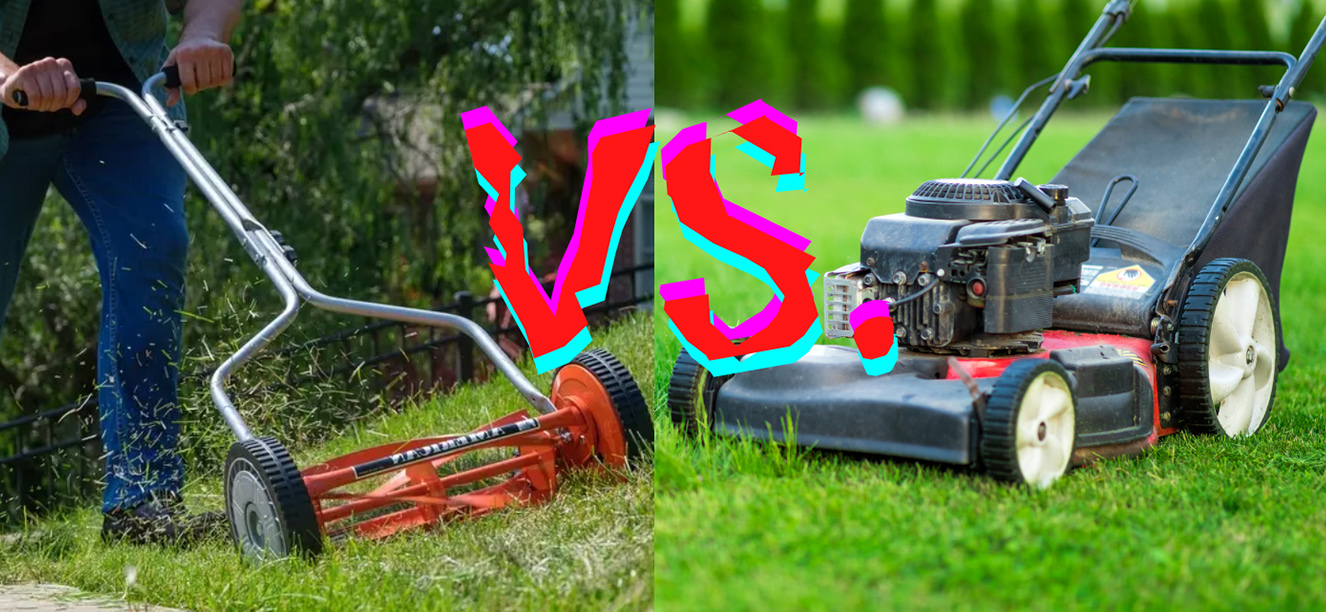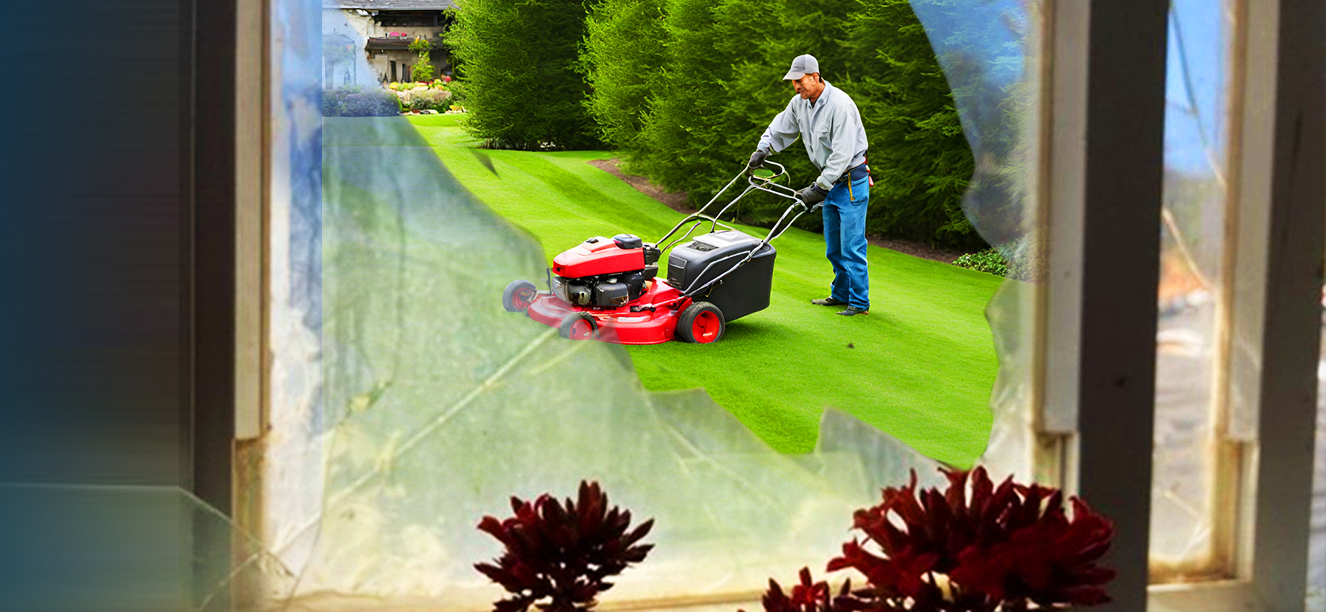What Is Killing Landscapers?
Landscaping is a rewarding profession, but it remains one of the most hazardous occupations in the U.S. Crews face risks from heights, heavy machinery, live power lines, and extreme summer heat. The data shows that fatalities are not evenly spread, they concentrate in specific states, seasons, and job types. Knowing where and why these risks occur is the first step toward preventing the next tragedy. For pros who want safer, better-aligned clients, becoming a certified GreenPal vendor can be another step toward building a stronger, more secure business.

TL;DR – What’s Killing Landscapers?
| Category | Key Findings |
|---|---|
| High-Risk States | Texas, California, and Florida lead in 2025 fatalities; NC, VA, and GA also show double-digit totals. |
| Most Common Hazards | Falls and struck-by incidents = ~50% of deaths; electrocutions, mower rollovers, and woodchippers remain leading killers. |
| Where It Happens | 41% of past fatalities occurred at private residences — everyday yards are as risky as big commercial sites. |
| When It Peaks | Spring and summer are the deadliest seasons due to mowing, tree work, storm clean-ups, and heat stress. |
| Prevention Tools | Tree-work, mowing/tractor, and heat safety checklists cut the highest risks when enforced daily. |
Where the Risk Concentrates (2025 State Snapshots)
Fatality counts are not evenly spread across the country. Warmer climates with long mowing seasons, large landscaping workforces, and dense suburban housing tend to post higher totals year after year. The latest 2025 state data confirm that Texas, California, and Florida lead the list, with several southeastern states also showing double-digit losses.
Texas: 41 fatalities in the building and grounds cleaning & maintenance group; 31 confirmed as grounds-maintenance workers.
California: 27 grounds-maintenance worker deaths, including 14 landscapers and 11 tree trimmers/pruners. The broader group totaled 40.
Florida: 32 deaths in the building/grounds cleaning & maintenance group.
North Carolina: 11 grounds-maintenance worker deaths, including 5 tree trimmers/pruners.
Virginia: 13 deaths in the building/grounds cleaning & maintenance group.
Georgia: 11 deaths in the building/grounds cleaning & maintenance group.
Washington: 6 grounds-maintenance worker deaths (state CFOI).
Bottom line: Texas, California, and Florida are consistent hot spots. North Carolina, Virginia, and Georgia also posted double-digit totals in 2025.

Method Note: Understanding the Data
State CFOI pages (Census of Fatal Occupational Injuries reports published by each state) don’t all report the same way. Some states provide a grounds-maintenance–specific number, while others only release totals for the broader building and grounds cleaning & maintenance category (which also includes janitors and pest control). Where possible, we highlight the narrower grounds-specific numbers.
It’s also important to note that NEISS injury data from the CPSC is designed for national injury estimates. It is not for state-by-state comparisons. That means state rankings require a blend of CFOI fatality counts, climate data, industry employment, and housing density to identify true hotspots.
What History Says About Deaths in Landscaping
Recent trends line up with long-standing patterns. A CDC/NIOSH analysis of 1,142 grounds-maintenance deaths between 2003–2008 found that nearly half occurred in just seven states: California, Florida, Texas, Virginia, North Carolina, Georgia, and Ohio.
What stands out even more is the setting of these incidents. Forty-one percent of fatalities happened at private residences rather than large commercial jobs. That means the everyday properties crews service most often, lawns, trees, and suburban yards, carry just as much danger as bigger, high-profile worksites.
This geographic clustering also aligns with what we observe in the most recent CFOI data. Texas, California, and Florida remain at the top for landscaping and grounds-maintenance fatalities, while southeastern states such as North Carolina, Virginia, and Georgia continue to report elevated risks. In other words, the states that were dangerous 15–20 years ago remain dangerous today.

Metro Hotspots
Fatality tables by metro area aren’t consistently published, but combining 2025 state totals with landscaping employment data points to several high-risk metro regions. These areas concentrate on both workforce size and exposure hours:
California: Los Angeles–Long Beach–Anaheim, San Diego, San Francisco Bay Area
Texas: Houston, Dallas–Fort Worth, San Antonio, Austin
Florida: Miami–Fort Lauderdale–West Palm Beach, Orlando, Tampa–St. Pete
Carolinas & Georgia: Charlotte, Raleigh–Durham, Atlanta, Northern Virginia
This metro list highlights where risk is most likely concentrated, but it isn’t an official ranking. Public data doesn’t break down fatalities cleanly by metro area, so we combine state totals with where landscaping jobs are densest. Consider it a strong indicator of high-risk regions rather than an exact measurement.
What’s Killing Workers Most Often
Understanding the causes is just as important as knowing where risks concentrate. In 2025, for the broader building/grounds group:
25% of fatalities came from falls.
25% came from contact with objects or equipment.
For grounds-maintenance workers specifically, research highlights:
Electrocutions, especially among tree crews working near distribution lines.
Struck-by incidents often involve trees, limbs, or chainsaw kickbacks.
Mower and tractor rollovers or run-overs, particularly on slopes.
Woodchipper incidents are rare but almost always fatal.
These patterns put tree trimmers and mower operators at the highest risk.

Impact of Seasonality on Landscaping Deaths
Landscaping is inherently seasonal, and injury risks follow the same cycle. Fatalities peak in spring and summer when mowing, tree trimming, and storm clean-up work are most intense. Heat stress is a recurring hazard, as are slips on wet surfaces after rain. Recognizing that these peaks are predictable allows owners and foremen to time inspections, refresh training, and adjust schedules before risk reaches its highest point.
.png)
Checklists to Apply Immediately
Simple checklists make safety actionable. If you don't currently have these checklists in place, you can take the data and the research here and turn it into an actionable safety plan for you and your employees. These three cover the highest-risk areas for landscaping crews.
Tree-Work Plan
Tree jobs carry some of the most severe hazards. A pre-job plan is essential to reduce risk.
Pre-job hazard scan: Inspect canopy defects, overhead lines, ground stability, and weather conditions before a single cut is made.
Utility locate and clearance: Contact utilities as required; establish minimum approach distances and confirm who has authority to shut the job down.
Drop zone control: Clearly mark exclusion zones, assign a spotter, and ensure that communication signals are agreed upon before cutting begins.
Rope/rigging plan: Define cut sequence, anchor points, and load control methods to prevent swinging or dropped limbs.
Aerial device rescue prep: Identify a rescue plan in case an operator becomes incapacitated in a bucket or harness, and ensure at least one crew member is trained to perform it.

Mowing/Tractor Plan
Mowers and tractors are everyday tools, but they can be lethal when basic protections are ignored.
ROPS and seatbelts: Require rollover protective structures and seatbelts on every tractor and zero-turn mower capable of it—no exceptions.
Respect slope limits: Map slope sections in advance and assign equipment only if it meets manufacturer safety limits. For steep terrain, switch to walk-behind or hand tools.
Enforce “no passengers” rule: Prohibit riders on mowers and tractors; no one should ride on decks, hoods, or trailers.
PTO guarding: Check power take-off (PTO) shields daily to prevent entanglement injuries during mowing or towing.
Backing protocol with spotter: Require visual confirmation or a designated spotter when backing in areas with foot traffic or tight clearances.

Heat Plan
Outdoor crews are vulnerable to heat stress, especially in southern states. An enforced plan saves lives.
Acclimatization for new/returning workers: Gradually increase workload over 7–14 days so bodies adapt to heat stress.
Water–rest–shade cadence: Provide water every 15–20 minutes, mandate shaded rest breaks, and rotate crews during peak afternoon hours.
Train on symptom recognition: Teach crews how to spot heat cramps, exhaustion, and stroke—emphasizing that early reporting is critical.
Stop-work rule in excessive heat: Empower foremen to halt operations when the heat index exceeds safe thresholds or if workers show early warning signs.

The ROI of Safety
Safety investments are not sunk costs. They protect both workers and profitability. A single severe claim can exceed $75,000 in direct costs, with indirect costs often doubling that figure. Electrocutions and falls routinely climb into the six-figure range once you include downtime, retraining, and reputational damage.
Compared to those losses, the cost of enforcing checklists, conducting inspections, and running short tailgate talks is minimal. Safety isn’t overhead, it’s protection for the entire business.
Final Check: Safety and Smarter Clients
Every landscaping pro knows safety comes first, but it’s easy for hazards to creep in when crews are rushed or client expectations are unrealistic. Asking a few key questions can reset the focus:
Are any teams working within 15 feet of live distribution lines this week?
Which properties on your schedule have slopes beyond equipment limits?
Do foremen know the exact stop-work signals for lightning, extreme heat, or near misses?
These questions take only minutes, but the answers can prevent life-changing accidents and six-figure claims.
At GreenPal, we believe safer jobsites aren’t just about training—they’re also about finding the right clients. When you become a certified GreenPal vendor, you connect with homeowners and businesses who value professional standards, clear expectations, and consistent scheduling. That means fewer surprises for your crews and a safer path to grow your business.
Resources: Bureau of Labor Statistics – CFOI (National & State Data), California DIR CFOI Table A-5, Insurance Journal – Texas Grounds-Maintenance Detail, CDC/NIOSH Landscaping Fatalities Analysis, Wiley Peer-Reviewed Research (2016–2020), ScienceDirect Landscaping Fatalities Research, Washington State CFOI 2025 PDF, OSHA Severe Injury Reports (method for metro analysis).


















.png)


